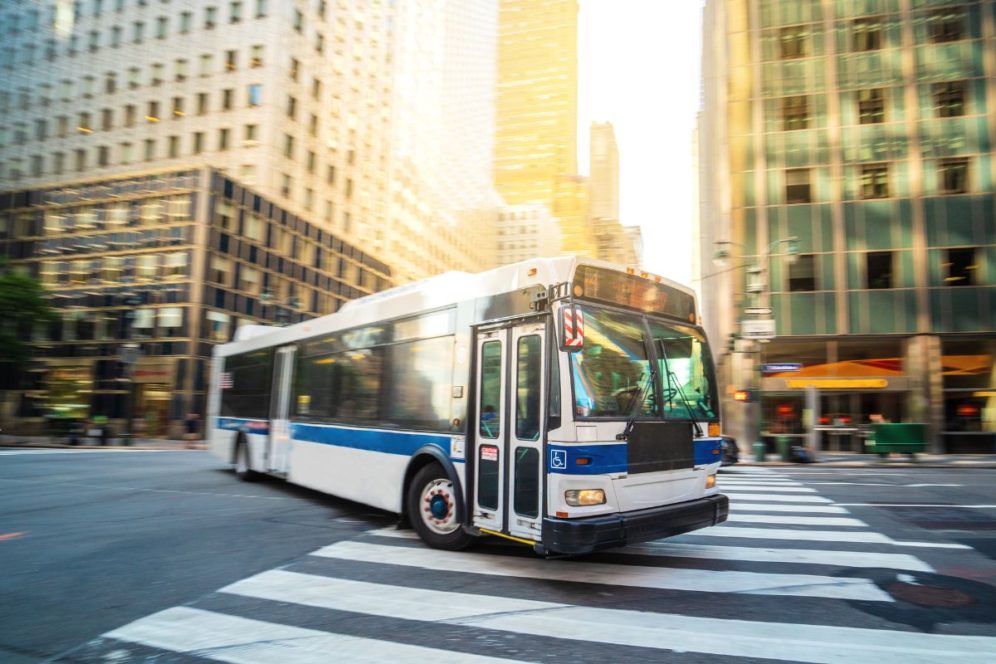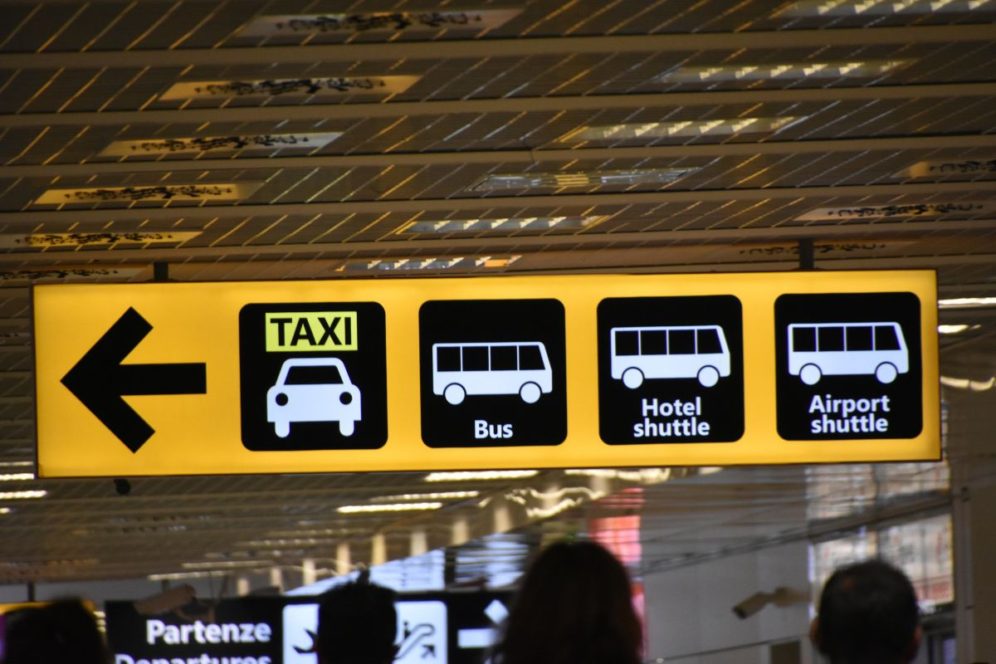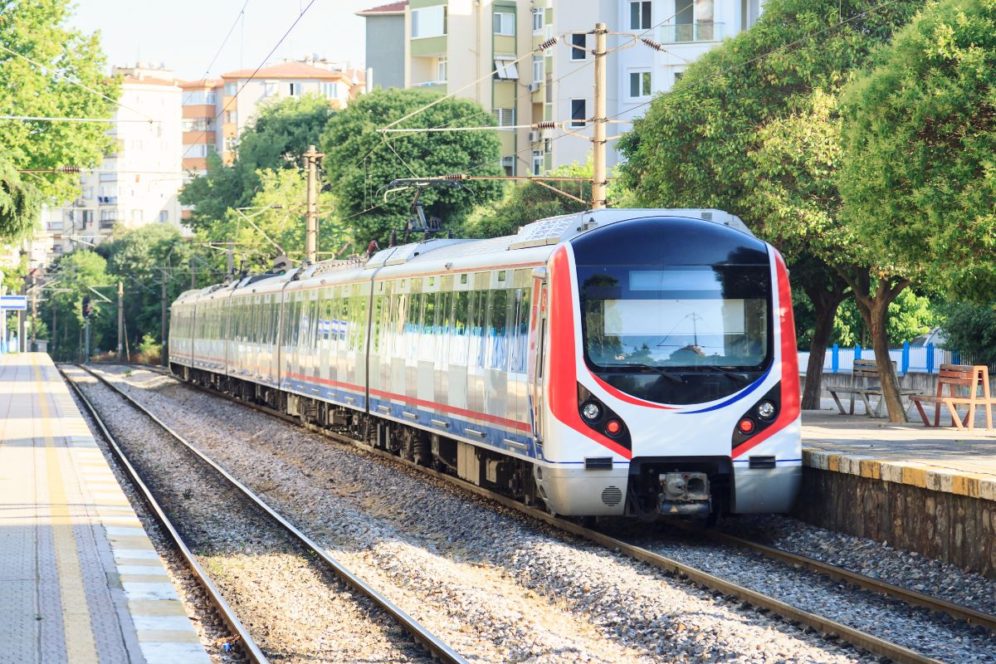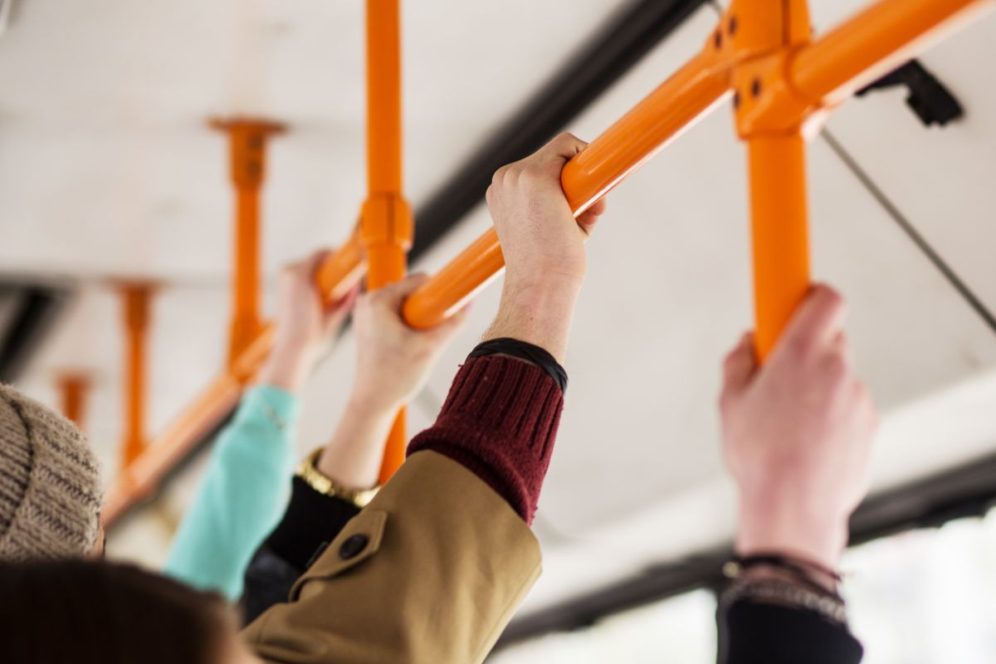Public transportation serves as a lifeline for millions of Americans, offering convenient and affordable travel options in urban and suburban areas alike. From bustling city buses to underground subways and commuter trains, public transit systems facilitate the daily commute and provide essential connections for work, school, and leisure.

However, like any communal space, public transportation carries its own set of safety considerations. Whether you’re a seasoned commuter or a first-time traveler, it’s crucial to prioritize your safety while navigating the intricate network of buses, trains, and subways in the United States.
Understanding the Risks
Before embarking on your journey, it’s essential to recognize the potential safety hazards associated with public transportation. Crowded platforms, unfamiliar surroundings, and late-night travel can heighten the risk of accidents, harassment, or theft. Maintaining situational awareness is key to mitigating these risks and ensuring a safe and comfortable journey.
Preparing for Your Journey
Proper preparation can significantly enhance your safety while using public transportation. Research the following in advance to help you prepare for your trip.
1. What public transit options the city offers and which ones you think you’ll be utilizing most often.
2. Routes and schedules you’ll take in advance.
3. How to pay for your fair and where to go to get your physical tickets, if needed. If you are caught without a valid ticket or pass to be on transit, you can face a fine.
To add an extra layer of security, especially when solo traveling, give all of your travel details to someone or multiple people that you trust. You can give them days and times of when your planned activities are and directions so vthat if they don’t hear from you within a certain time frame they can alert the proper authorities.

Choosing Safe Transportation Options
When selecting your mode of transportation, consider factors such as safety features and reputations of different transit systems. If you have to travel late at night or during off-peak hours, opt for well-lit and populated stops and stations. Several studies have shown that well-lit areas correlate to a decrease in crime.
Boarding and Riding Safely
As you board and ride public transportation, practice vigilance, and mindfulness to protect yourself and your belongings. Wait in designated boarding areas and avoid standing too close to the edge of platforms to prevent accidents. Keep your personal belongings secure at all times
and remain aware of your surroundings. If you feel uncomfortable or encounter suspicious individuals, trust your instincts and take appropriate precautions.

If you’re worried about your belongings, don’t keep valuables anywhere where someone might be able to pickpocket you. Take your bag off your shoulder or back and hold it in front of you. If you’re wearing a jacket that has pockets on the inside, opt to tuck your more small, valuable items in there instead of the outside pockets.
Safety Concerns
One significant safety concern on public transportation, unfortunately, is harassment, including instances of sexual harassment. A San Francisco sexual harassment attorney explained that this can range from unwanted advances and inappropriate comments to physical touching and assault.
It’s important to recognize that harassment can occur to anyone, regardless of gender, age, or appearance. If you experience harassment or witness someone else being harassed, don’t hesitate to seek help from authorities or transit personnel. Many transit systems have dedicated hotlines or resources available to address harassment and ensure the safety of passengers.
Dealing with Emergencies
Despite your best efforts to stay safe, emergencies can still occur while using public transportation. Whether it’s a medical issue, harassment, or an accident, knowing how to respond can make all the difference.

If you find yourself in an emergency, remain calm and assess the situation before taking action. The Department of Transportation created a safety practices guide for public transit companies to follow. Some public transit may have a panic button or a number listed somewhere on the transit walls that you and discretely text. You also have the option of moving close to the driver and alerting them to what’s going on. Remember that your safety is paramount, and don’t hesitate to seek help when needed.
Enjoying Your Trip
Despite the occasional emergencies or instances of harassment, knowing how to respond calmly and effectively underscores the commitment to passenger safety within transit systems. With proper preparation and awareness, each journey becomes an opportunity for smooth travel, allowing you to enjoy the convenience and accessibility that public transportation provides.

Leave a Reply